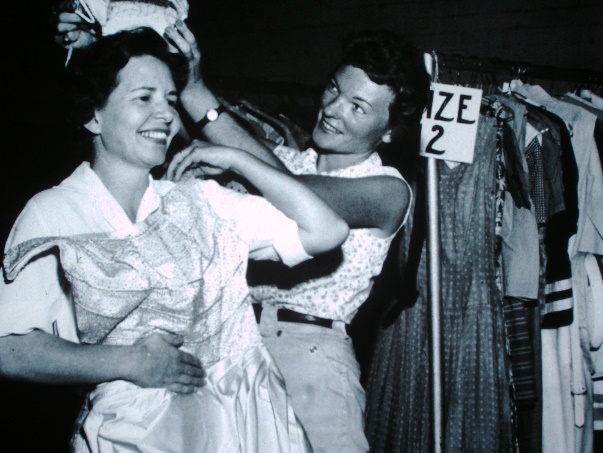
The Junior League of Phoenix’s (JLP) 80th Annual Rummage Sale is only a few short weeks away! The JLP Rummage Sale is Arizona’s largest indoor garage sale boasting thousands of bargains, including formal dining room sets, patio sets, big screen TVs, bikes of all sizes and types, baby clothes, books, designer purses, jewelry and collectibles, fax machines and office equipment, even brand new merchandise, and more!
All proceeds from the Rummage sale benefit our local community programs and training sponsored by the JLP. As our largest fundraiser, the event saw over 3,200 shoppers and raised more than $103,000 in 2016. As we celebrate our 80th Anniversary of this sale, we hope to exceed those numbers, making this year’s the BEST SALE YET!
In addition to the amazing sale items, the JLP will be offering 40 FREE mammograms to uninsured or underinsured women thanks to the generous support of Fry’s Food Stores and the Desert Cancer Foundation of Arizona. Over the past 16 years, the JLP has provided over 600 free mammograms through this program.
The JLP Rummage Sale By the Numbers
80 Years – Hosted by the Junior League of Phoenix
50,000 – Volunteer hours donated
$7 million – raised to benefit the Phoenix community
180,000 – community members engaged
140 – community projects supported by the proceeds from the Rummage sale
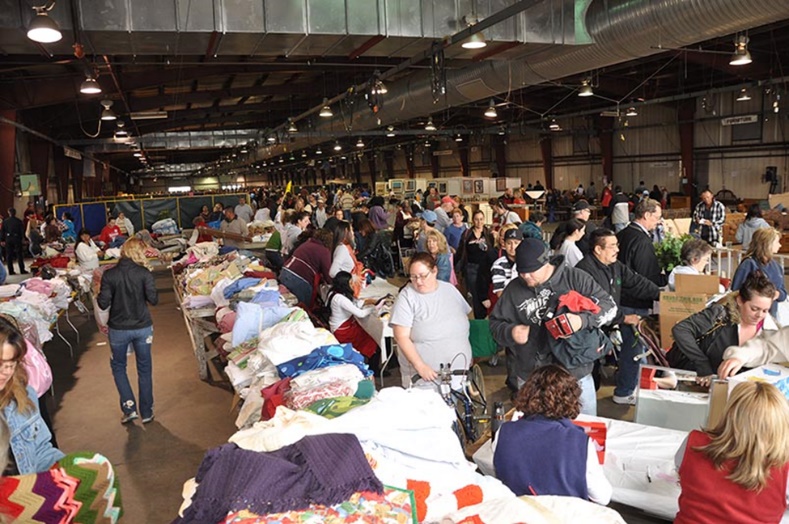
SALE DETAILS
When: Saturday, February 25 I 8 a.m. – 4 p.m.
Where: Arizona State Fair Grounds – Exhibition Building
The Rummage Sale is divided into two sessions; the morning session is held from 8 a.m. – noon and the afternoon session is held from 1 – 4 p.m. Admission to the morning session is $5 at the door, while admission to the afternoon session is free. All items are 50% off during the afternoon session.
For more information visit jlp.org or our Facebook page.
We can’t wait to see you there!





 The first class of
The first class of 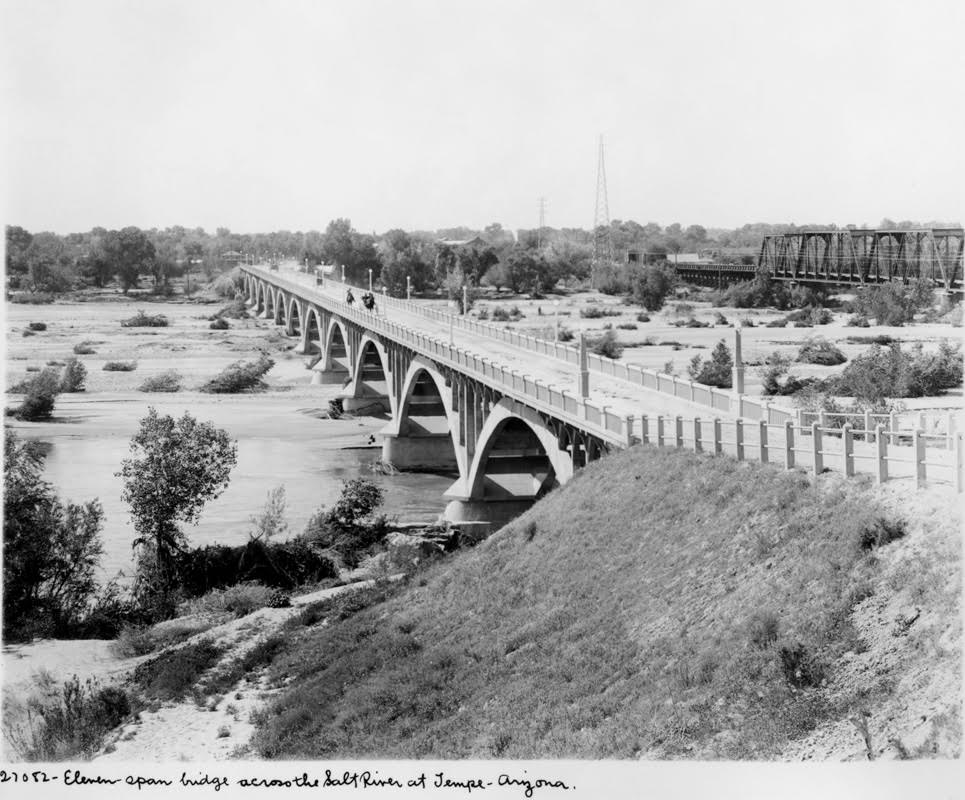

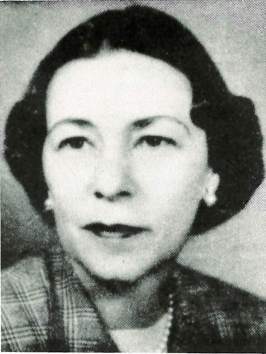
 Doubtless the most famous friend of Mary Harriman, Eleanor Roosevelt died 53 years ago last month. Her early work with the Junior League of the City of New York helped the shy young woman find her voice, and the work she and other early League members did in the intense poverty of the settlement houses of the Lower East side was her introduction to the public service which became her life’s work.
Doubtless the most famous friend of Mary Harriman, Eleanor Roosevelt died 53 years ago last month. Her early work with the Junior League of the City of New York helped the shy young woman find her voice, and the work she and other early League members did in the intense poverty of the settlement houses of the Lower East side was her introduction to the public service which became her life’s work. History is made in a lot of different ways, and often by people whose names we will never know.
History is made in a lot of different ways, and often by people whose names we will never know.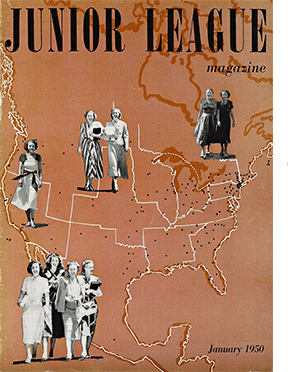 Harvard Here We Come!
Harvard Here We Come!